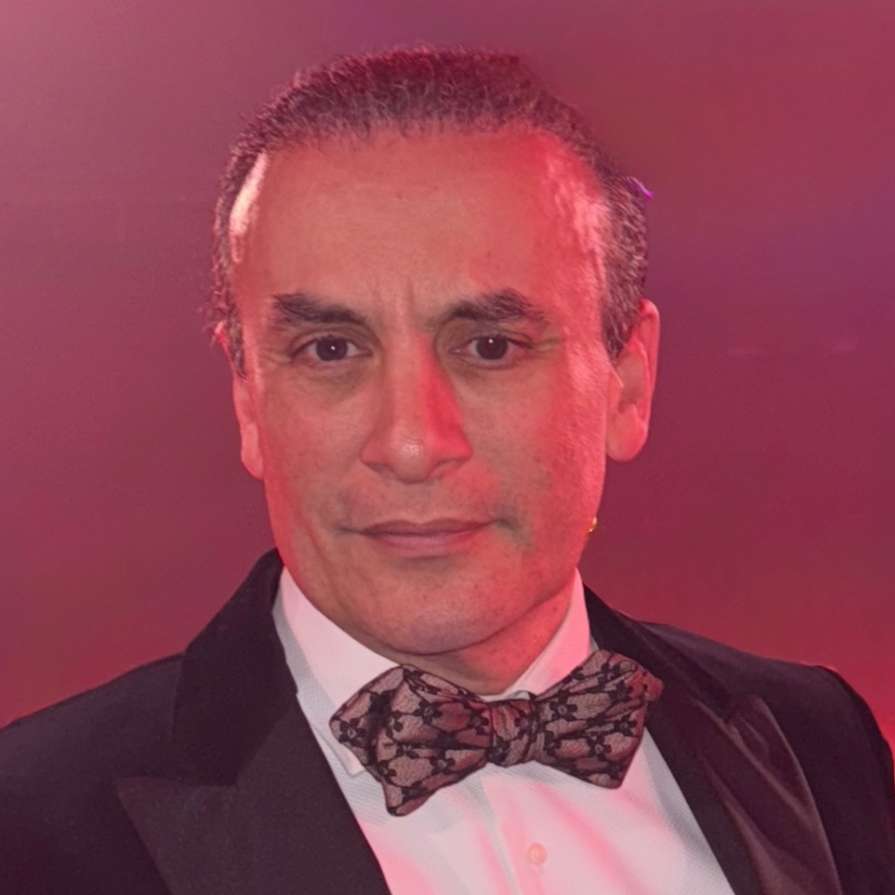VOLVER
IMCAS World Congress 2025
IMCAS World Congress 2025
Programa
Adapte el horario de la clase / congreso transmitido en vivo a su zona horaria
Referencia de zona horaria: (UTC+02:00) Europe, Paris
LIVE AUGMENTED SURGERY & ANATOMICAL DISSECTIONS
Breast
Sala: Amphi Bordeaux - Level 3
Fecha: viernes 31 enero 2025 de 16:00 a 18:00
Formato: TALLER DE ANATOMÍA > combinación de disecciones anatómicas en paralelo con procedimientos en vivo realizados en pacientes
Fecha: viernes 31 enero 2025 de 16:00 a 18:00
Formato: TALLER DE ANATOMÍA > combinación de disecciones anatómicas en paralelo con procedimientos en vivo realizados en pacientes
Las presentaciones
| Horas | Oradores | Título de la presentación | Resumen | Número |
| 16:00 | Panelist | 140560 | ||
| 16:00 | Live dissection on Cadaver for breast | 140549 | ||
| 16:00 | [Video live surgery] Autologous breast augmentation | 140550 | ||
| 16:05 | Regenerative Plastic surgery for breast using stromal enriched lipograft and minimally invasive emerging technologies (8 min) | 144363 | ||
| 16:45 | Fat grafting in breast augmentation: clinical, instrumental and scientific evaluation (8 min) | Ver | 144365 | |
| 16:53 | A Novel Approach for Tuberous Breast Correction Using Power-Assisted Liposuction, Loops, and Lipofilling (PALLL) 8 min | Ver | 147762 | |










